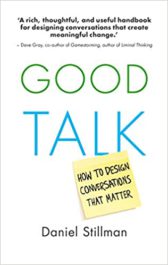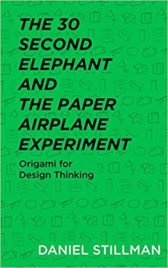Amelia Earhart, Aviation pioneer and author said:
The most difficult thing is the decision to act, the rest is merely tenacity.
Look around. Everything you see was made by groups of people who made a decision to act, together. Group collaboration and group ...
Amelia Earhart, Aviation pioneer and author said:
The most difficult thing is the decision to act, the rest is merely tenacity.
Look around. Everything you see was made by groups of people who made a decision to act, together. Group collaboration and group decisions are the core of modern work.
Leading better decisions is a core leadership skill. Leading teams and organizations means making many difficult decisions. Many of those decisions are made in the absence of perfect information and perfect alignment. Each decision closes infinite possibilities…and opens up another set of possibilities.
Leadership is the art of designing the conditions for a transformative conversation. When a group is stuck in a decision, a leader can choose for the group…or lead the group through a process so that they can make a decision that they can all respect.
This interactive workshop will help you be more intentional about designing decision-making conversations and be more purposeful and effective as a leader.
I’ll coach you through designing a specific decision-making-conversation (or starting a new one!) in your work or life. Together, we’ll apply some key tools from Design Thinking like Empathy, Visual Thinking and Journey Mapping to help you define your approach to leading the change you want to see. We’ll also apply high-leverage elements of the Conversation Operating System Canvas to focus your approach to leading the change. We all design conversations…Design is just making things better on purpose (instead of by accident!). As Nobel Prize-winning economist Herb Simon said: “Everyone designs who devises courses of action aimed at changing existing situations into preferred ones.”
AS A PARTICIPANT, YOU WILL:
- Reflect on and reimagine a challenging decision
- Develop an approach to bringing stakeholders to the table
- Learn to set the stage for a good decision
- Understand the fundamental ingredients and paradoxes of leading a decision
- Design a clear process for decision-making with simple recipes and frameworks
- Network with like-minded thinkers and learn from each other
- Leverage key elements of the Conversation OS Canvas, from Daniel’s book Good Talk: How to Design Conversations that Matter

